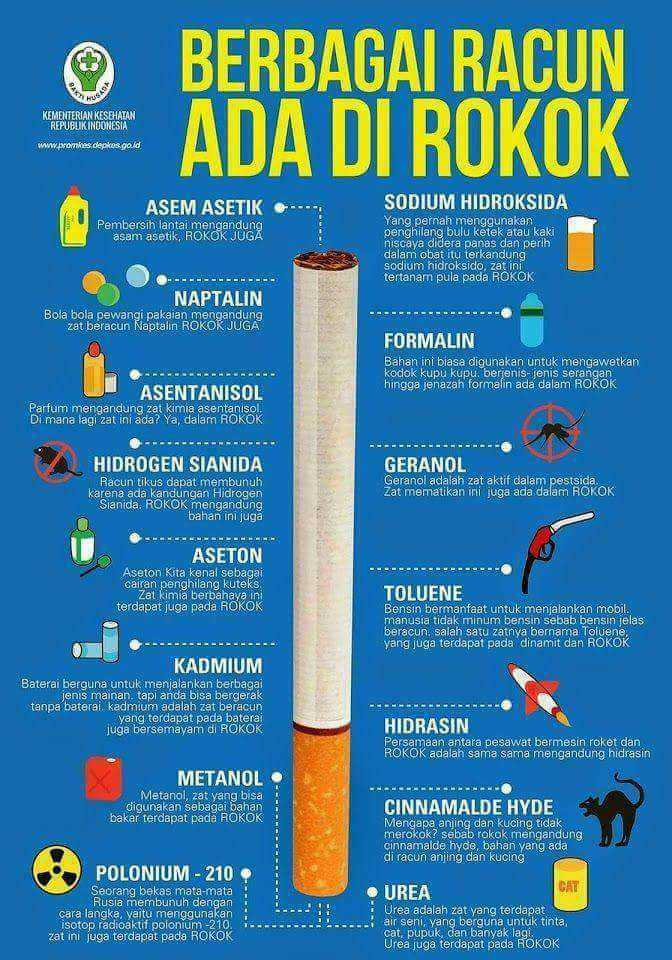Decoding the Smoke: An Exploration of Cigarette Ingredients
What exactly are you inhaling with every puff of a cigarette? This isn't a trivial question. The seemingly simple act of lighting up delivers a complex cocktail of chemicals directly into your lungs, a mixture with profound implications for your health. This article delves into the world of cigarette ingredients, exploring their nature, their origins, and the multifaceted consequences of their use.
Cigarettes, far from being simple rolled tobacco leaves, contain a carefully engineered blend of substances. These range from the naturally occurring compounds found in tobacco itself to a range of additives introduced during the manufacturing process. Understanding the composition of these ingredients is crucial to grasping the full scope of smoking's health risks.
The primary active ingredient in cigarettes is nicotine, a highly addictive alkaloid. Nicotine is responsible for the pleasurable sensations associated with smoking, creating a powerful dependence that makes quitting challenging. However, nicotine is just one piece of the puzzle. Hundreds of other chemicals, many of them toxic, contribute to the overall health impact of cigarettes.
The history of cigarette ingredients is intertwined with the evolution of tobacco use itself. While early forms of tobacco consumption involved simpler preparations, the modern cigarette emerged with the industrialization of tobacco production. This period saw the introduction of numerous additives designed to enhance flavor, burn rate, and other characteristics, further complicating the chemical profile of cigarette smoke.
The significance of understanding cigarette ingredients lies in the direct link between these substances and the devastating health consequences of smoking. From lung cancer and heart disease to respiratory illnesses and other debilitating conditions, the chemicals in cigarettes play a central role in driving these health crises. This knowledge is essential for informing public health initiatives and empowering individuals to make informed choices about their health.
While nicotine is a naturally occurring component of tobacco, many other substances found in cigarettes are added during manufacturing. These additives can include flavorings, humectants to keep the tobacco moist, and burning agents to control the rate at which the cigarette burns. Some of these additives, when burned, create harmful byproducts that contribute to the overall toxicity of cigarette smoke.
It is crucial to note that there are no real "benefits" to the substances contained within cigarettes. Any perceived positive effects, such as stress relief or social connection, are overshadowed by the overwhelming negative health consequences.
Resources for quitting smoking and understanding the dangers of cigarette ingredients are readily available. Organizations like the American Lung Association and the Centers for Disease Control and Prevention offer comprehensive information and support for individuals seeking to quit.
Advantages and Disadvantages of Cigarette Ingredients
It's important to reiterate that there are no real advantages to the substances in cigarettes. The perceived benefits are vastly outweighed by the devastating health risks.
Frequently Asked Questions about Cigarette Ingredients:
1. What is the most harmful substance in cigarettes? While nicotine is addictive, many other chemicals in cigarette smoke, like tar and carbon monoxide, contribute significantly to the health risks.
2. What are cigarette additives? These are substances added during manufacturing to alter the taste, burn rate, or other characteristics of cigarettes.
3. How do cigarette ingredients cause cancer? Many chemicals in cigarette smoke are carcinogenic, meaning they can damage DNA and lead to the uncontrolled cell growth that characterizes cancer.
4. What are the long-term effects of cigarette ingredients? Long-term exposure to cigarette smoke can lead to a wide range of health problems, including lung cancer, heart disease, and respiratory illnesses.
5. Are all cigarette ingredients the same? While the core ingredients are similar, specific additives and the composition of the tobacco itself can vary between brands.
6. How can I learn more about the harmful effects of cigarette ingredients? Reputable organizations like the American Lung Association and the CDC provide detailed information.
7. Are there safe levels of exposure to cigarette smoke? No, there is no safe level of exposure to cigarette smoke.
8. What is the best way to avoid the harmful effects of cigarette ingredients? The best way is to avoid smoking altogether.
Tips for quitting smoking include seeking support from friends, family, or support groups, exploring nicotine replacement therapy options, and consulting with healthcare professionals.
In conclusion, understanding the complex mixture of substances found in cigarettes is paramount. From the addictive nature of nicotine to the harmful effects of added chemicals and byproducts of combustion, the ingredients in cigarettes pose a serious threat to human health. By disseminating this knowledge, we can empower individuals to make informed decisions about their well-being and contribute to a healthier future. Quitting smoking, while challenging, is one of the most impactful steps a person can take to improve their health and longevity. Seek support, explore resources, and commit to a smoke-free life.
Dive into sherwin williams ocean blue transform your space
Unleashing the magic of sleigh bells music
Havana club special edition the rum thats worth the hype














